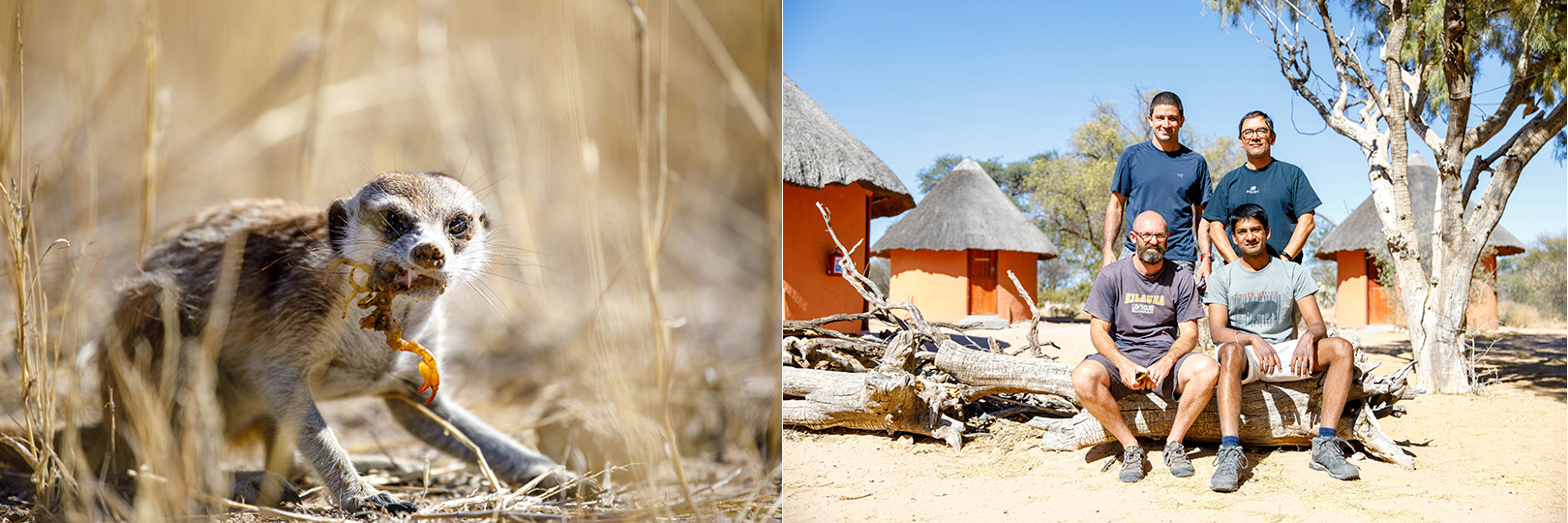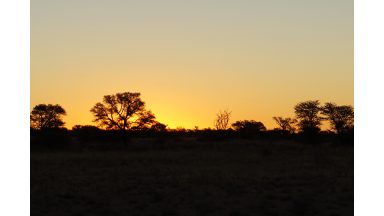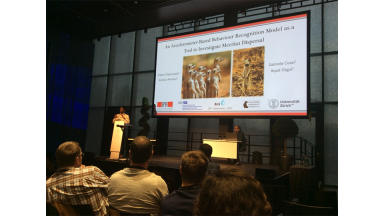Meerkat Tracking in the Kalahari
- Contact person: Pritish Chakravarty
- People involved: Pritish Chakravarty, Gabriele Cozzi, Arpat Ozgul
- Partners: University of Zürich, Kalahari Research Centre
- Funding source: SNF

Overview:
To conserve and manage wild animal populations, one needs to accurately model their population dynamics. Many species live in socially and spatially structured populations, such as meerkats (Suricata suricatta) in the Kalahari Desert (picture from animalfactguide.com). In such societies, dispersal is a crucial determinant of how populations evolve.
Despite its importance, dispersal remains poorly understood. This is mainly due to the practical difficulty of manually following dispersing animals moving in unpredictable ways over large distances. In meerkats, dispersal is hypothesized to be a three-stage process (see figure below). The goal of this project is to test this hypothesis and unravel the mechanism and patterns of dispersal through novel, high-resolution temporal data and integrate this with biological understanding brought to this project through our collaboration with the Population Ecology Group at the University of Zurich.
Method:
The mechanism of meerkat dispersal is currently unknown. The hypothesis is that it is a three-stage process
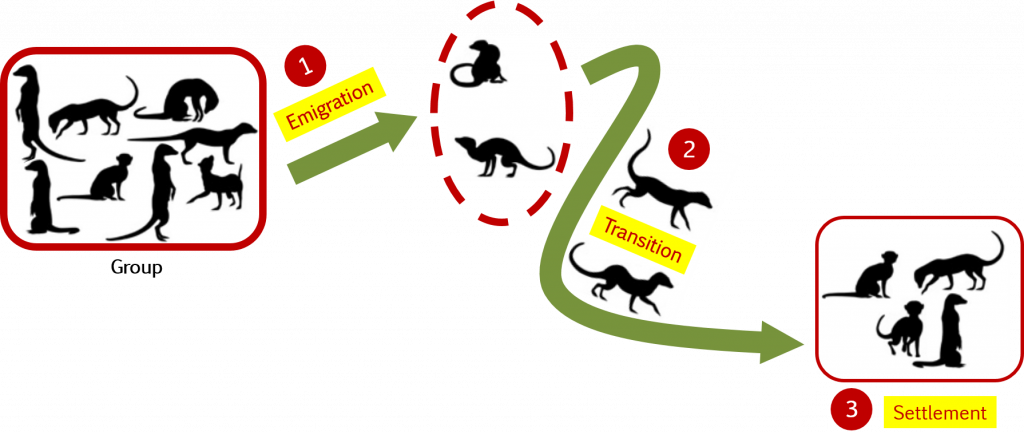
Since manually following wild animals around borders on the impossible, we need a ‘virtual eye’ instead. In our case, this ‘virtual eye’ will be a hardware component on the one hand, consisting of a collar equipped with inertial sensors and GPS, and a software component on the other, which will include a suite of algorithms for behaviour recognition and remote tracking.
We recently showed that using biomechanically significant features based on tri-axial acceleration (Methods in Ecology and Evolution, 2019. Also, see figure below) and tri-axial magnetometer data (Movement Ecology, 2019), accurate behaviour recognition can be achieved for four biologically important meerkat activities – vigilance, resting, foraging and running.
Biomechanically significant features derived from a collar-fixed tri-axial accelerometer enables the recognition of four biologically important activities – vigilance, resting, foraging and running
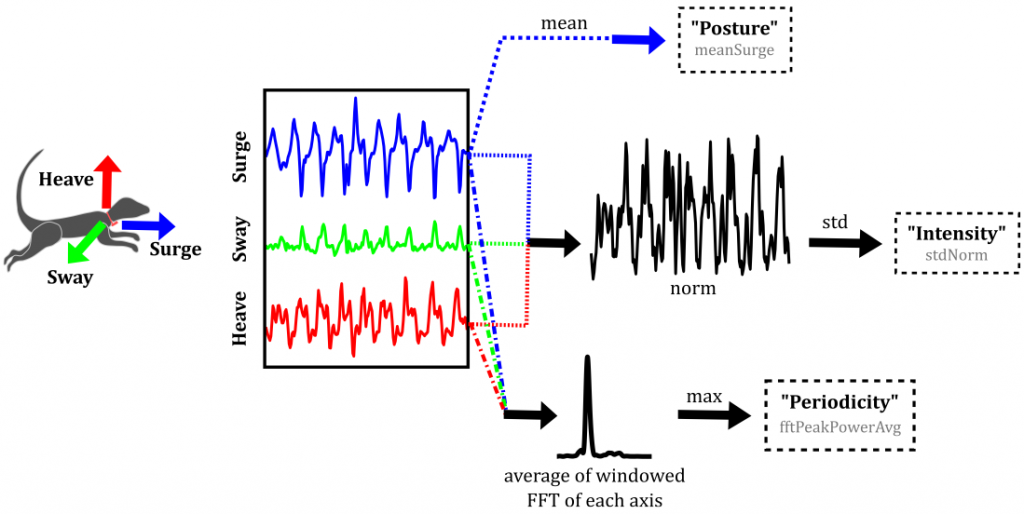
Currently, we are working on identifying finer-scale foraging behaviour, such as digging and prey ingestion. The next step will be to apply this behaviour recognition model to week-long data from resident individuals (i.e. meerkats living in groups) to understand what ‘normal’ activity patterns look like. The final step would be to apply this understanding to long-term data on dispersing individuals and, through algorithms to detect behavioural-state changes, unravel the true mechanism of meerkat dispersal.
By placing dispersal into the wider ecological and evolutionary context, this project will increase our fundamental biological understanding of dispersal and help improve our ability to predict and manage the responses to environmental perturbations of species living in socially and spatially structured populations.

One of the easiest things to do when studying wild animals is to project one’s own ‘human-ness’ onto them. Nevertheless, this charismatic meerkat does seem to smile enigmatically as it patiently waits for us to catch up with the rich knowledge it has of its fascinating world (photo by Prof. Arpat Ozgul)
